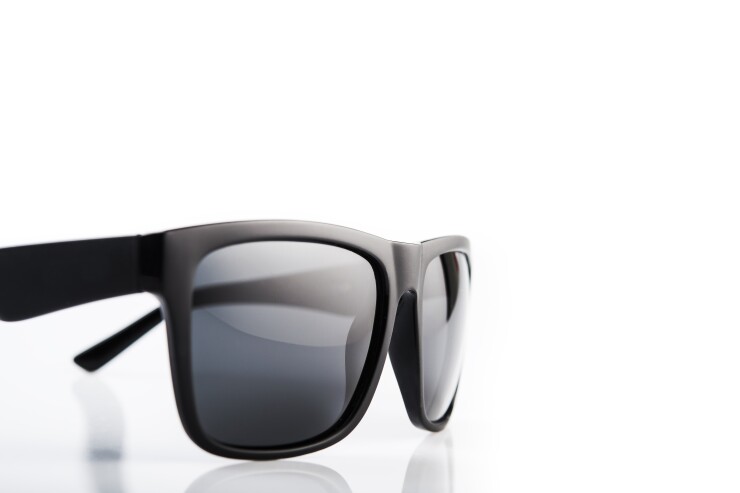With its WaveShades, Visa engages in a delicate balancing act of making its new payment wearable cool and trendy as any other fashion accessory without invoking the geekiness of the ill-fated Google Glass.
In a partnership with sunglasses manufacturer Local Supply and wearable fintech provider Inamo, Visa is providing payment-capable sunglasses for the St. Jerome's Laneway Festival music events in Australia.
Visa's WaveShades will initiate contactless payments through a chip in the arm of the glasses. In choosing Inamo as a partner, Visa will operate WaveShades on the same payment platform that the Australian company developed last year called Inamo Curl, a waterproof wearable band designed for beach lovers and surfers.
"The financial services environment is evolving at an unprecedented pace, which is exemplified by consumers’ changing relationship with payments," Frederique Covington, senior vice president of marketing for Asia Pacific at Visa, said in a Jan. 31 press release.

The Visa WaveShades pilot is "all about showing Australians that innovation in how we pay can make their lives simpler and everyday experiences seamless and rewarding,” Covington said.
Oberthur Technologies is providing the tech behind the contactless sunglasses, while Heritage Bank will serve as the authorized deposit-taking institution in Australia.
Visa is banking on WaveShades to fit more easily into the mainstream than Google's far more high tech project.
From about late 2013 to early 2015, Google experimented with payment options for
When first unveiled, Google sold Google Glass only to early adopters, some of which worked at mobile payments or loyalty service providers like
Even as some companies continued to show an interest in the high-tech wearable, Google finally
For its part, Visa has also been active with contactless payments over the past five years. Arguably, only
Visa integrated its payWave capabilities on mobile phones at the London Olympics in 2012 when mobile payments were in early days, then moved into payments wearables mostly through contactless wristbands or
At the Laneway Festival in Australia, Visa and Inamo are promoting the WaveShades sunglasses as something easier to keep track of in a party atmosphere, rather than being "weighed down with cash while dancing the day away," the Visa release stated.
The WaveShades sunglasses will not be sold to the general public ahead of time, but the companies are hoping that the test with concert-goers will create a market for future sales.
Visa says digital payments in Australia are advancing at a fast pace. The company said 79% of face-to-face Visa transactions are initiated through Visa payWave technology, resulting in 147.6 million monthly Visa contactless transactions.





